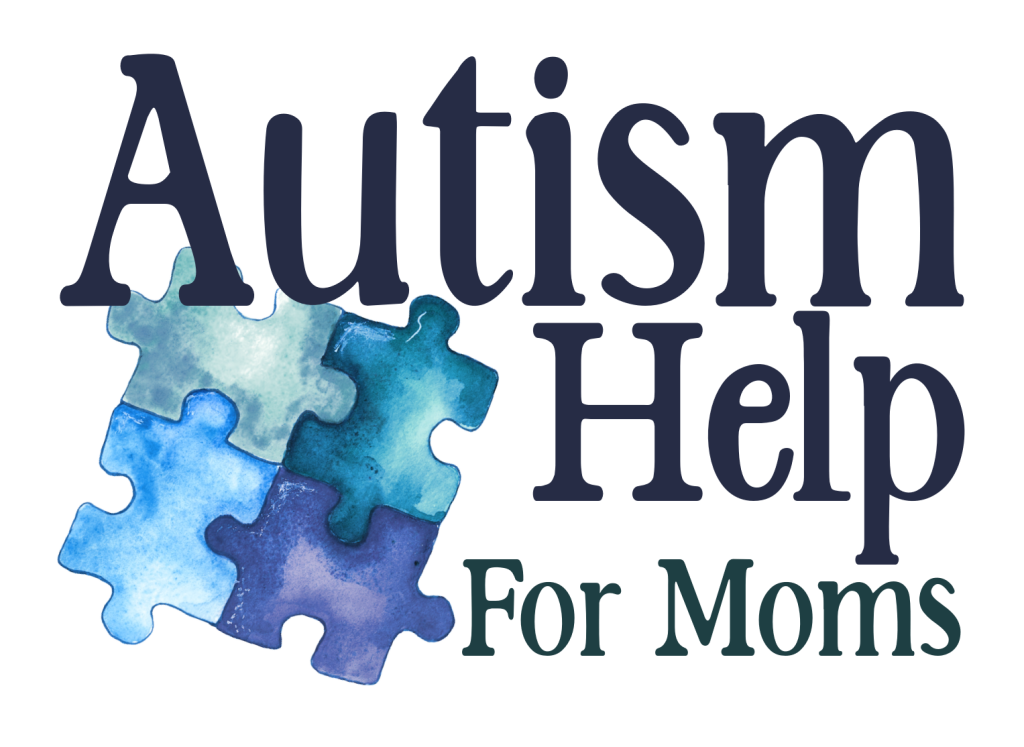If you’re reading this, chances are you’ve sat across that long conference room table, surrounded by teachers, specialists, and administrators, all talking about your child.
You’ve probably left a meeting or two feeling overwhelmed, unheard, or unsure whether the plan you just agreed to will actually support your child the way they deserve.
I’ve been there, for over 10 years.
As a mom of two children on the autism spectrum—one who started with an IEP in kindergarten, went through therapeutic school, exited the IEP, and then requalified years later—I’ve seen it all. And I want to help you avoid the mistakes I made early on and walk into your child’s IEP Annual Review feeling empowered, educated, and prepared.
Before you sign anything at the meeting, here are 10 essential questions to ask during your child’s IEP annual review. These questions will help you ensure the plan is truly customized to meet your child’s unique needs.
1. Has my child made meaningful progress on last year’s goals?
This is one of the most important starting points. IEP goals are designed to support your child’s growth, not just academically, but socially, behaviorally, and emotionally too.
💬 Ask this:
“Can you show me specific data or examples that demonstrate progress (or lack of progress) on each goal?”
Many times, schools will say a child is making “adequate progress,” but unless you see clear documentation—such as work samples, assessments, or progress monitoring reports—you won’t know for sure.
📌 Tip: If a goal wasn’t met, ask why. Was the goal too ambitious, or were the supports insufficient?
2. Are the new goals SMART (Specific, Measurable, Achievable, Relevant, and Time-Bound)?
IEP goals should be clear and trackable. A vague goal like “improve behavior” or “increase participation” won’t help you advocate for your child.
💬 Ask this:
“Can we walk through each goal and make sure it’s measurable and has a clear method for tracking?”
For example, instead of “will improve reading comprehension,” a better goal might be:
“Given a grade-level passage, [Child’s Name] will answer 4 out of 5 comprehension questions with 80% accuracy across three consecutive sessions.”
3. What services and supports are being provided—and how often?
It’s easy to get lost in the alphabet soup of services: OT (Occupational Therapy), SLP (Speech-Language Pathology), PT (Physical Therapy), and more.
💬 Ask this:
“Can you explain what each service includes, how often it occurs, and whether it’s direct or consult-based?”
Direct services mean your child is actively working with the provider. Consult services usually mean the provider is coaching the teacher but not working directly with your child.
📌 Watch out for vague phrases like “as needed” or “periodically”—you deserve specifics.
4. How is my child’s progress being monitored and how often will I receive updates?
It’s not enough to wait until the next annual review to find out if something isn’t working.
💬 Ask this:
“What’s the plan for progress monitoring? How often will I get updates, and in what form?”
Whether it’s a monthly progress report, quarterly data sheets, or biweekly emails, make sure you’re looped in regularly.
📌 Reminder: The IEP is a legal document. If it says you’ll get monthly updates, they must follow through.
5. Are the accommodations being used consistently across all environments?
Accommodations—like extended time, movement breaks, or visual schedules—only help if they’re actually being used.
💬 Ask this:
“How are accommodations being implemented in each setting—classroom, specials, lunch, recess? Are all staff trained on what my child needs?”
Sometimes, support breaks down not because of malice but due to lack of communication. Ensure everyone interacting with your child knows what’s in the IEP.
6. Does my child need additional behavioral, sensory, or emotional supports?
If your child has meltdowns, anxiety, sensory overwhelm, or difficulty with transitions (at home and at school), those challenges should be addressed in the IEP.
💬 Ask this:
“Do we need to include a Behavior Intervention Plan (BIP), sensory supports, or a social-emotional goal?”
This is especially critical for autism moms. I know firsthand how devastating it is to see your child struggle because their needs were overlooked.
📌 Tip: Don’t assume they’ll offer these supports. You may need to insist on evaluations or push for data-based decisions.
7. Is my child being educated in the least restrictive environment (LRE)?
Your child has the right to learn alongside their non-disabled peers to the maximum extent appropriate.
💬 Ask this:
“Is this placement the least restrictive option that still meets my child’s needs? What other options were considered?”
Sometimes, schools lean toward a self-contained classroom when more inclusion with the right supports might work better. Other times, a general ed setting is too overwhelming. The key is to make a decision based on your child, not on convenience or budget.
8. Have we discussed all areas of need—even ones that aren’t academic?
Academic struggles are often only part of the story. Social skills, communication, executive functioning, emotional regulation—all of these matter too. Academically, my son did well and ‘graduated’ (more on this later) from his IEP in third grade. But then the social skills caught up and I had to fight to put him back on an IEP in fifth grade.
💬 Ask this:
“Have all areas of need been assessed and addressed in the goals and services?”
If your child struggles with transitions, friendships, or managing frustration, those areas need to be supported as well. Don’t settle for an IEP that only talks about reading and math.
9. Can I have time to review the document before I sign?
You are not obligated to sign the IEP at the meeting. You have the right to take it home, read through it, and even have someone else (like an advocate) help you understand it.
💬 Say this:
“Thank you for all the work you’ve put into this. I’d like to take the document home and review everything before I sign.”
📌 Note: In some states, if you don’t sign, the old IEP remains in place. In others, they can implement the new one with or without your signature. Know your rights.
10. What’s the plan if this IEP isn’t working?
Let’s be honest—sometimes, even the best IEPs fall short. Maybe the supports aren’t enough. Maybe your child regresses or faces new challenges. This is completely normal and does not mean you didn’t have a good plan.
💬 Ask this:
“If we see signs that the current supports aren’t enough, what’s the process to reconvene the team?”
You don’t have to wait a year. You can request a new IEP meeting at any time. Put it in writing, and the school is required to schedule one.
📌 Tip: Keep a communication log of your child’s struggles (what they say is happening at school and what you see at home) and your interactions with the school. Documentation is everything.
Final Thoughts from a Mom Who’s Been There
I used to walk into IEP meetings feeling like an outsider—like I wasn’t “qualified” to speak up. But here’s what I’ve learned:
👉 You are the expert on your child.
👉 You are an equal member of the IEP team.
👉 You have rights—and your child has protections.
You don’t need to be aggressive to be assertive. You can advocate with grace, firmness, and heart.
Remember, the IEP is not just a piece of paper—it’s a lifeline for your child’s growth, inclusion, and confidence. And asking the right questions is the first step in making sure it’s working for them.
If you ever need support or guidance, I offer IEP consultations to help moms like us navigate the process, get clear on next steps, and walk into those meetings with confidence.
You’re not alone in this. And neither is your child.
Need help preparing for your child’s IEP meeting?
Download my free Autism Moms guide to the IEP Process or book a 1:1 strategy session with me. Together, we’ll make sure your voice is heard—and your child gets the support they deserve. ❤


